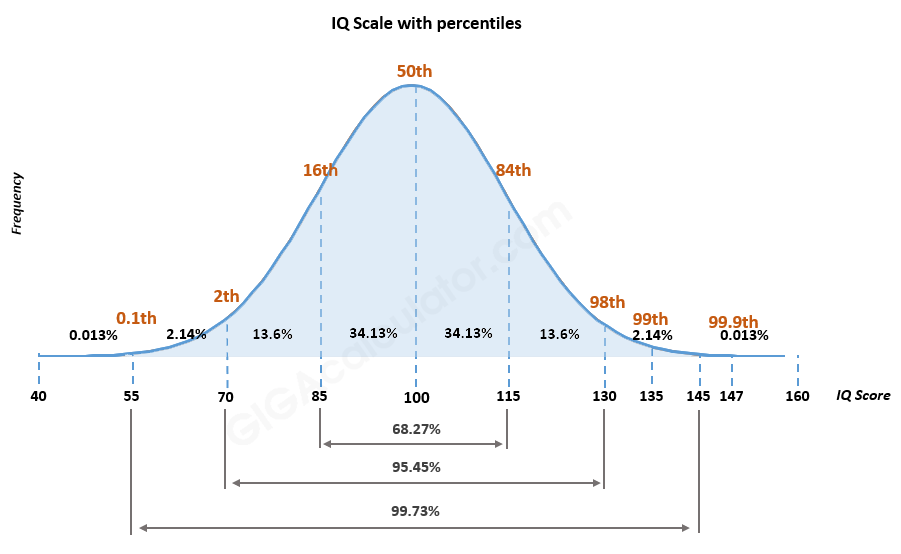When reading statistics, test scores, or income reports, you might encounter the term percentile. But what does it actually mean? Let’s break it down.
What Is a Percentile?
A percentile tells you how a particular value compares to the rest of the data in a set. In simple terms:> “The Xth percentile is the value below which X% of the data falls.”For example, if you score in the 90th percentile on a test, it means you scored better than 90% of all test takers.
How Percentiles Work
Percentiles divide data into 100 equal parts. Think of them like checkpoints along a number line:
25th percentile (Q1): The bottom quarter of the data
50th percentile (median): The middle value — half the data is below, half above
75th percentile (Q3): The top quarter starts here
So if a child is in the 40th percentile for height, it means they are taller than 40% of children and shorter than 60%.
Percentiles vs. Percentages
Percentiles are not the same as percentages. A 90% score on a test doesn’t always mean the 90th percentile. Percentiles are relative — they depend on everyone else’s scores. You could get 90/100 points, but if most people scored higher, your percentile might be lower.
Why Percentiles Are Useful
1. Education: Standardized test scores often use percentiles to show performance compared to peers.
2. Health: Pediatric growth charts use percentiles to track children’s development.
3. Finance & Economics: Income or wealth percentiles help analyze economic inequality.
4. Data Analysis: Percentiles identify outliers and understand distributions.
Quick Example
Imagine 10 students scored on a math test:50, 55, 60, 65, 70, 75, 80, 85, 90, 95The 50th percentile (median) is 70.The 90th percentile is 95. So, a student scoring 95 did better than 90% of the class.
Final Thoughts
Percentiles are a powerful tool for comparing values in context. They help turn raw numbers into meaningful insights, whether you’re tracking grades, growth, or income. Understanding percentiles makes it easier to see not just your score, but where you stand relative to the group.

